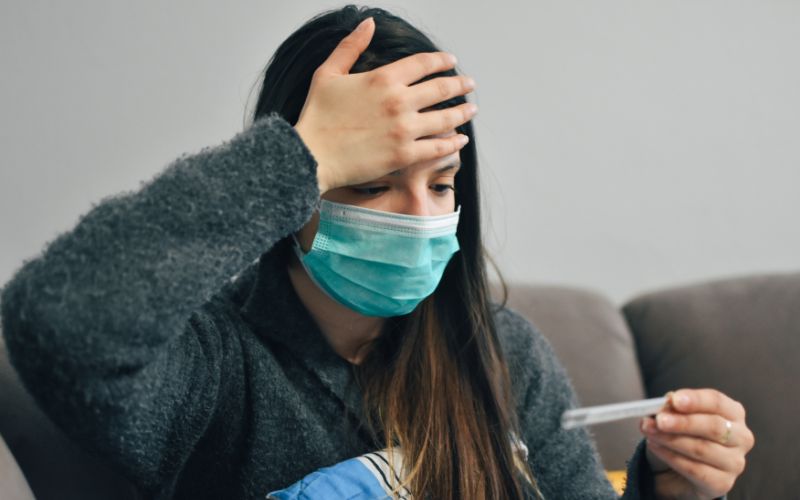
- Details
- By Kaili Berg
In response to evolving data on COVID-19, The Centers for Disease Control and Prevention (CDC) has updated its recommendations for isolation periods.
Previously, the guidelines, last revised in December of 2021, had suggested a five-day isolation period for asymptomatic cases. However, the new guidelines suggest returning to normal activities once symptoms improve and individuals remain fever-free for at least 24 hours without medication.
“This announcement reflects the progress we have made in protecting against severe illness from COVID-19,” said CDC Director Dr. Mandy Cohen in a press release. “However, we still must use the common sense solutions we know work to protect ourselves and others from serious illness from respiratory viruses—this includes vaccination, treatment, and staying home when we get sick.”
This revision reflects a decline in COVID-19 hospitalizations across the United States and advancements in medical treatments. The updated guidelines aim to balance public health safety with the need for individuals to resume their daily routines.
Key components of the updated guidance include:
Getting Vaccinated
It’s important to keep up with vaccinations for COVID-19, the flu, and RSV if you can. This helps lower your chances of getting sick and ending up in the hospital.
Hygiene Practices
Remember to cover your mouth when you cough or sneeze, wash your hands often, and sanitize common surfaces.
Keep Air Fresh
Try to let fresh air into your home, or use air purification systems. This can help keep viruses from spreading.
Sick Leave and Treatment
If you catch a virus, it’s best to stay home until you feel better. Treatment is available for COVID-19 and the flu, which can reduce the risk of severe illness.
“The bottom line is that when people follow these actionable recommendations to avoid getting sick, and to protect themselves and others if they do get sick, it will help limit the spread of respiratory viruses, and that will mean fewer people who experience severe illness,” National Center for Immunization and Respiratory Diseases Director Dr. Demetre Daskalakis said in a press release. “That includes taking enhanced precautions that can help protect people who are at higher risk for getting seriously ill.”
Additionally, the guidelines outline a phased return to normal activities, with enhanced preventive measures recommended for at least five days post-recovery. These measures include maintaining good hygiene, wearing masks, and keeping a safe distance from others, particularly for vulnerable populations such as the elderly and immunocompromised individuals.
More Stories Like This
Cherokee Nation Proposes $30 Million OU Nursing School Partnership to Expand Health WorkforceHealth Stories We’ll Be Following in 2026
Indian Country Faces Crippling Premiums Under Expired Affordable Care Act Credits
Artificial Intelligence Impacts the Art and Science of Dentistry – AI Part 2
Feds Announce $50 Billion to States for Rural Health, Tribes Barely Mentioned in Awards


